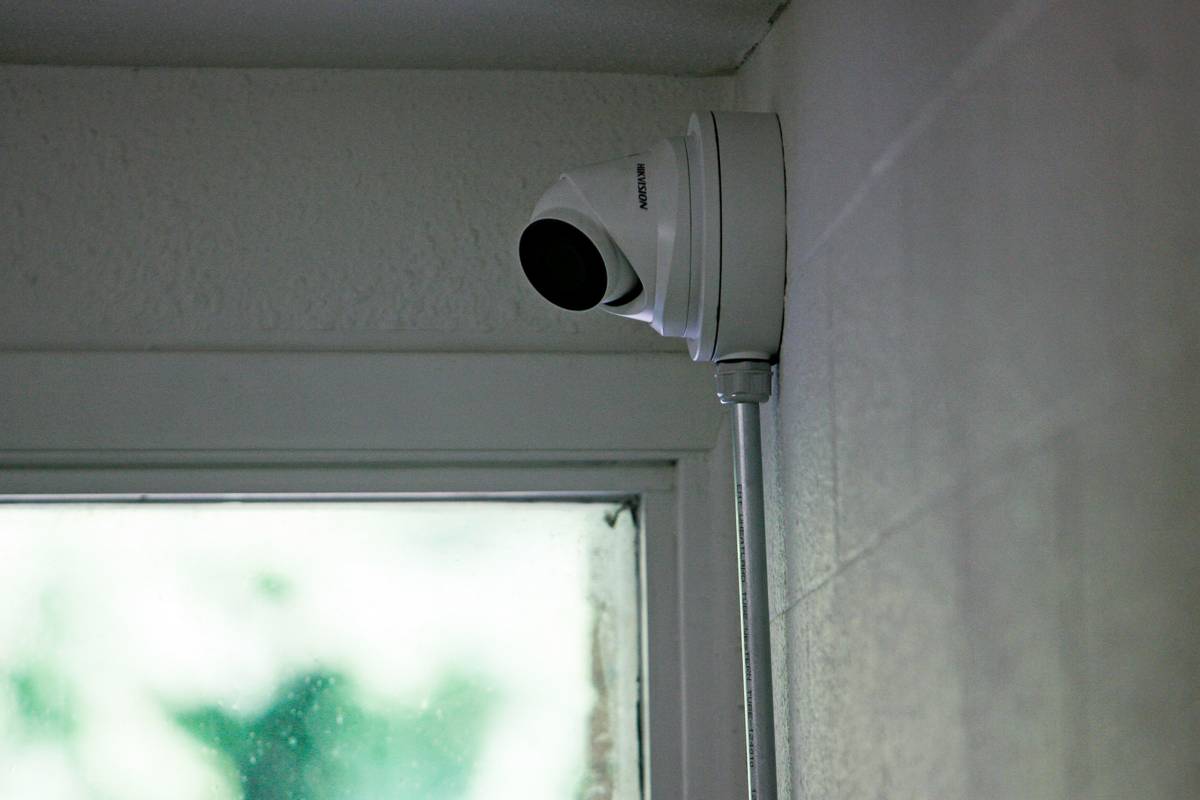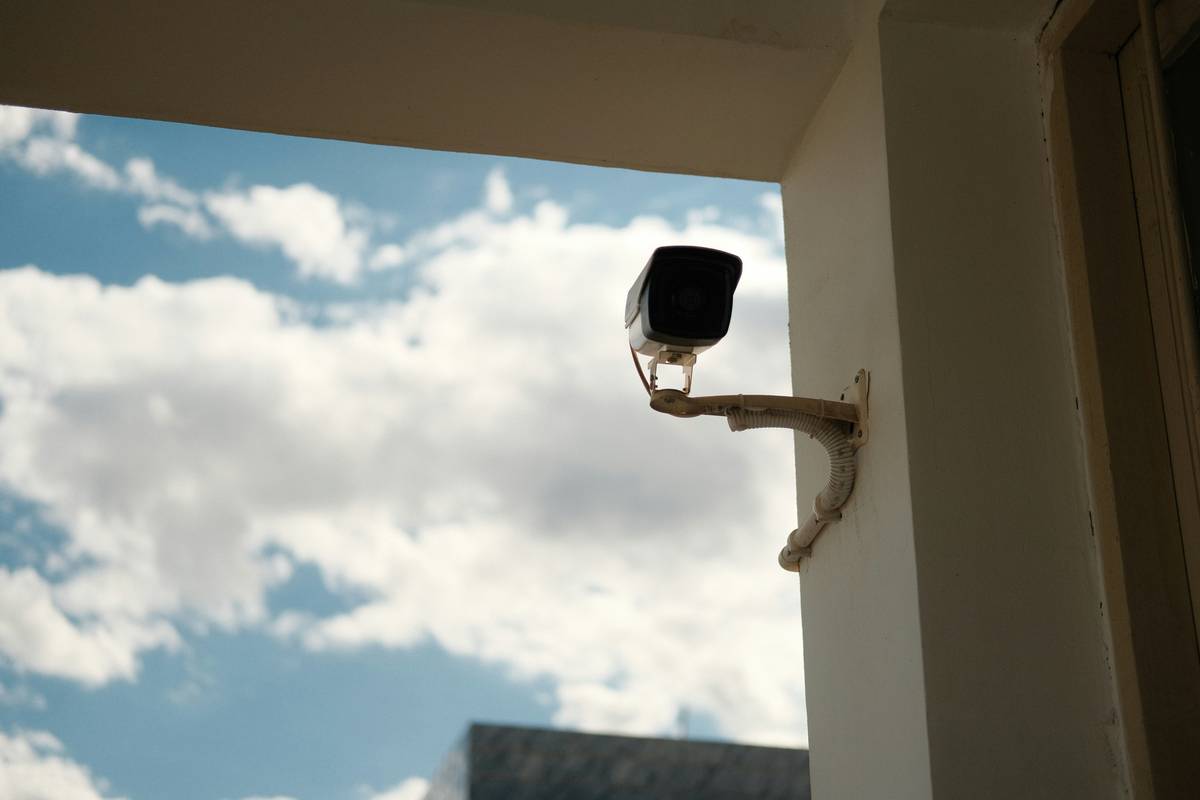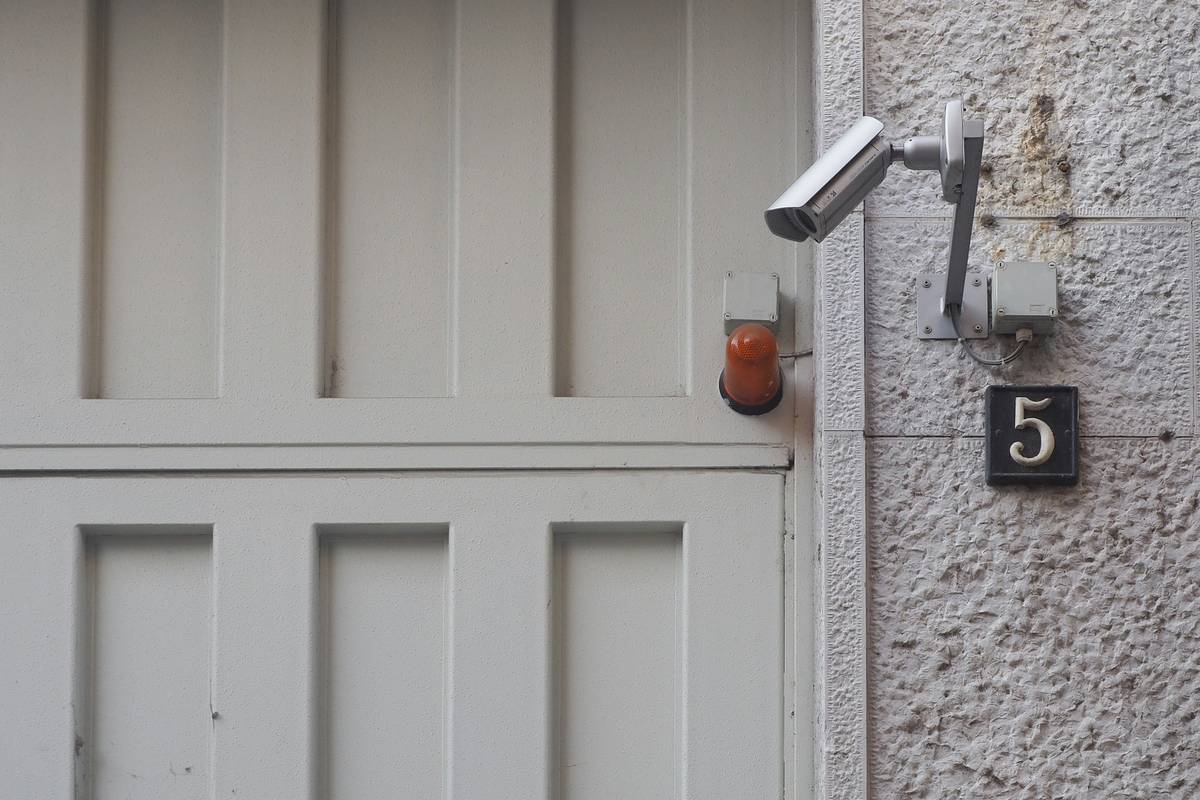Ever come home to find a shattered window, an open door, or worse—your belongings gone? If you’ve ever wondered what it would feel like to lose your sense of security in your own home, this blog post is for you. Home burglary isn’t just about stolen items; it’s about losing safety, trust, and peace. Today, we’ll explore home burglary prevention, blending practical advice with actionable steps so you can protect your space—and yourself.
In this article, you’ll learn how to deter burglars through smart home practices, understand the role of burglary insurance, and discover real-life strategies that work. So grab your coffee (or tea), because we’re diving deep into making your home as secure as Fort Knox.
Table of Contents
- The Problem With Home Burglaries
- Step-by-Step Guide to Home Burglary Prevention
- Tips for Smart Home Security
- Real-World Examples of Prevention Success
- FAQs About Home Burglary Prevention
Key Takeaways
- Burglaries often occur due to simple oversights like weak locks or predictable habits.
- A layered approach to home security—including physical barriers and tech tools—is most effective.
- Investing in burglary insurance provides financial safeguards but shouldn’t replace proactive measures.
The Problem With Home Burglaries
Here’s a sobering stat: The FBI estimates that a burglary occurs every 25 seconds in the U.S., with average losses per incident exceeding $2,000. But let me tell you something more personal—I once came home one evening after work only to realize my backdoor was wide open. Thankfully, nothing had been taken, but the experience shook me to my core. It wasn’t until later that I realized how preventable it all was.
Why does this happen? Let’s break it down:
- Predictable Routines: Leaving lights off all day screams “nobody’s home.”
- Weak Entry Points: Poorly secured doors and first-floor windows are prime targets.
- Lack of Awareness: Many people underestimate their risk or don’t invest in basic security measures.

This brings us to our next question…
“Optimist You:” Follow these tips—they’re life-changing!
Grumpy Me: Yeah, yeah—but only if they actually keep the bad guys out.
Step-by-Step Guide to Home Burglary Prevention
Step 1: Evaluate Your Vulnerabilities
Start by walking around your property like a burglar. Look for obvious weaknesses: Are there dark corners where someone could hide? Is your mailbox overflowing while you’re on vacation? Sometimes, small fixes make a big difference.
Step 2: Upgrade Locks and Doors
No matter how fancy your door looks, it won’t stop a determined thief unless it’s reinforced properly. Invest in deadbolts rated by the American National Standards Institute (ANSI). Also, consider installing a peephole or video doorbell for extra visibility.
Step 3: Secure Windows
Windows are another favorite entry point. Replace old locks, add window film to prevent shattering, and ensure ground-level windows aren’t easily accessible from outside.
Step 4: Use Technology Wisely
Smart devices like motion-detecting lights, outdoor cameras, and alarm systems are game-changers. They not only scare away intruders but also alert authorities immediately.
Side note: Avoid cheap knockoffs here—it’s worth spending a little more for reliable brands. Your local electronics retailer probably has some great deals too.
Tips for Smart Home Security
- Create Noise Barriers: Even fake barking dog alarms can deter criminals. Cringy yet effective.
- Utilize Timers: Set timers for lights, TVs, or radios to give the impression someone’s home.
- Share Less Online: Posting vacation photos mid-trip is practically rolling out the red carpet for thieves.

Now, here’s the rant section: Stop using flimsy curtain rods instead of proper dowels in sliding glass doors. Seriously, a toddler could kick them open!
Real-World Examples of Prevention Success
Take Sarah, a single mom living in suburban Chicago. After two attempted break-ins, she installed a Ring camera system and joined her neighborhood watch group. Her efforts paid off when police quickly responded to suspicious activity detected by her system last winter.
And then there’s Jake, who swears by his low-tech strategy—a large “Guard Dog” sign posted on his front gate. Sure enough, he reports zero incidents since putting it up five years ago.

FAQs About Home Burglary Prevention
What Time of Day Do Most Break-Ins Happen?
Surprisingly, daytime burglaries are more common than nighttime ones! Most occur between 10 AM and 3 PM when residents are likely at work or school.
Does Having Insurance Help Prevent Burglaries?
Not directly, but burglary insurance gives financial protection in case of theft. Think of it as Plan B—not Plan A.
How Much Should I Spend on Security Systems?
The price varies widely, but aim for quality over quantity. A good rule of thumb? Budget anywhere from $200 to $600 depending on your needs.
Conclusion
Home burglary prevention doesn’t have to be complicated. Whether it’s upgrading locks, adopting smart tech, or simply being mindful of routines, every step counts toward creating a safer environment. Remember, security isn’t just about protecting possessions—it’s about reclaiming peace of mind.
And finally, here’s a haiku for those who made it this far:
Locked doors, bright lights glow, Thieves retreat before they strike— Safe nights, sweet dreams flow.


